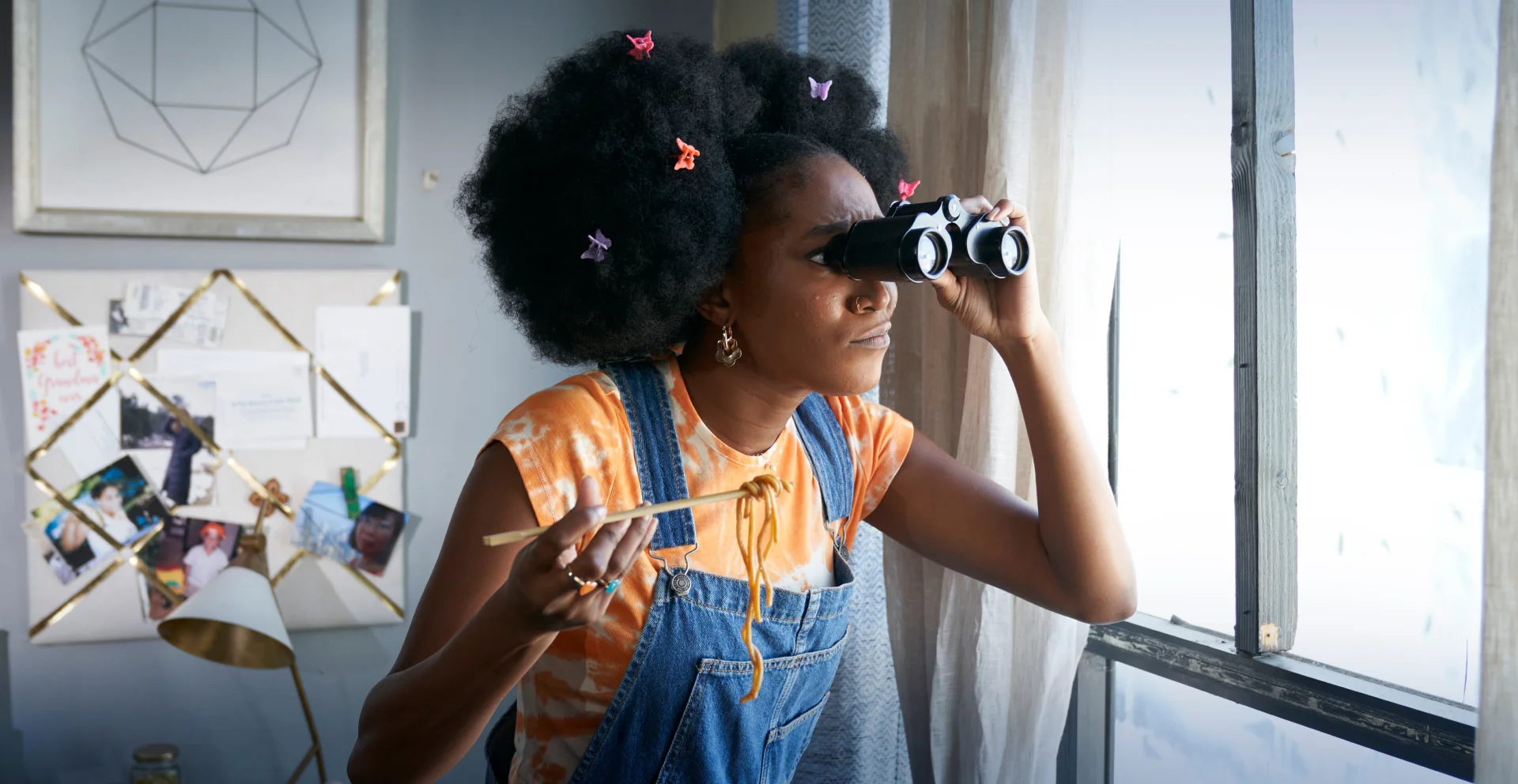
News

See all the past events, news
from SuperHeroes
No articles returned
Yum Cookies!
We use cookies to make your experience
less boring. Like when we put pineapple on our
freshly baked cookies.


See all the past events, news
from SuperHeroes
No articles returned
We use cookies to make your experience
less boring. Like when we put pineapple on our
freshly baked cookies.
